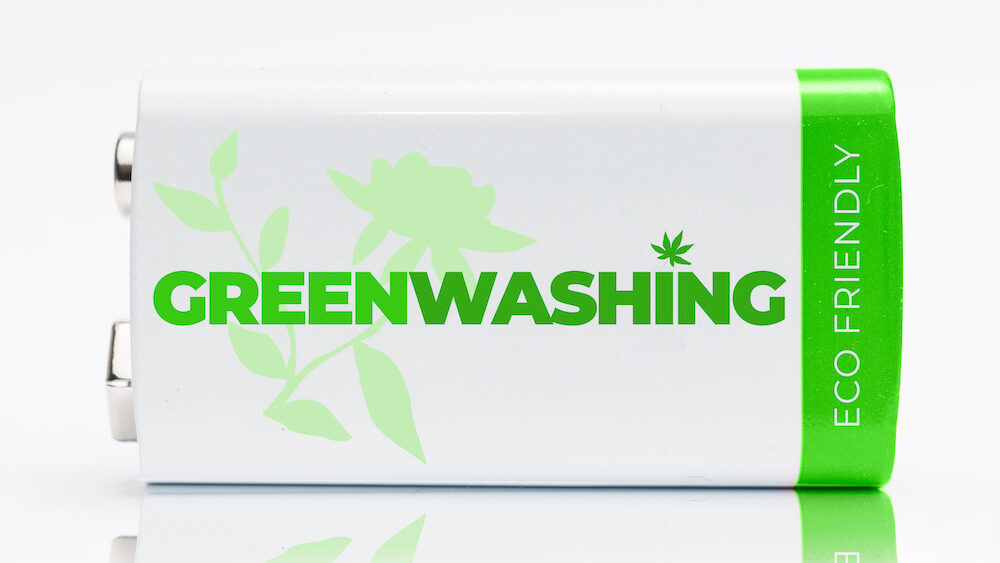
Consumers increasingly expect companies to follow environmentally responsible practices in manufacturing and packaging. Most companies strive to attain such standards honestly, but some companies are pretenders. They take advantage of consumers by using misleading statements, slogans or images to appear more environmentally friendly than they are. Known as “greenwashing,” such practices include:
- Decorating packaging with green symbols or images of leaves, birds, animals or landscapes to suggest the company is eco-friendly when, in reality, its products, packaging or manufacturing are not.
- Making vague statements on packaging, such as “recyclable” or “please recycle,” without giving details.
- Using numbers in a deceptive way. For example, a company may state that its product “now contains 50% more natural/recycled content” when the actual percentage went from four percent to six percent.
- Advertising that a company has public initiatives to help fight pollution or pledges to reach a “net zero” carbon footprint, while the very product they produce adds to pollution. Fossil fuel production is an example.
Companies have financial incentives to be seen as eco-friendly. Not only do consumers want to buy from responsible suppliers, but good environmental, social and governance (ESG) ratings help companies get business investment and can affect a company’s stock value.
How to be a savvy consumer
Carefully read labels and marketing claims to avoid being misled by a greenwashing company.
- Products that include nature imagery in their packaging should offer specific explanations of what is eco-friendly about the packaging or the way the product is manufactured.
- If a label says “recyclable,” it should specify whether it is referring to the container, the wrapper or other elements.
- When viewing advertising describing a company’s environmental consciousness or pledges, weigh those claims against the products the company produces. Is there consistency between the messaging and the product’s environmental impact?
- Read a product’s labels carefully to see what chemicals and materials it contains.
Related – How to Raise Eco-Friendly Kids


